Announced Earlier Today: Vikings Request $20 Million Annually for U.S. Bank Stadium Upkeep to Maintain Elite Status…..
Announced Earlier Today: Vikings Request \$20 Million Annually for U.S. Bank Stadium Upkeep to Maintain Elite Status.
In a bold appeal that underscores the rising costs of maintaining world-class sports venues, the Minnesota Vikings announced earlier today their intention to secure \$20 million annually for the ongoing upkeep and enhancement of U.S. Bank Stadium. The funding, according to the team, is critical to ensuring the stadium remains one of the top-tier facilities in the NFL and continues to deliver premium experiences for fans, players, and event partners alike.
Opened in 2016 at a cost of \$1.1 billion, U.S. Bank Stadium quickly established itself as a state-of-the-art venue, hosting major events such as Super Bowl LII, the NCAA Men’s Final Four, and numerous high-profile concerts. But team officials say that staying among the league’s elite requires more than a one-time investment — it demands continuous upgrades and proactive maintenance to match or exceed the standards being set by newer stadiums across the country.
“The expectations for fan experience, safety, and technological integration have evolved dramatically, even in just the past few years,” said Vikings Executive Vice President Lester Bagley. “To ensure U.S. Bank Stadium remains a first-class venue capable of hosting premier events, we need to invest appropriately. A \$20 million annual commitment will allow us to perform necessary enhancements, maintain competitive standards, and preserve the long-term value of the facility.”
The Vikings are reportedly in discussions with the Minnesota Sports Facilities Authority (MSFA) and state legislators to identify funding solutions. While specifics about how the \$20 million per year would be financed remain under negotiation, possible avenues include public-private partnerships, allocations from stadium-related revenue, or legislative appropriations. The team has emphasized that the funds would be strictly used for capital improvements, advanced technology updates, and essential infrastructure preservation.
Critics have already begun questioning the optics and fairness of such a request, especially in light of broader economic challenges. However, Vikings officials and stadium supporters argue that U.S. Bank Stadium is a vital economic engine for Minneapolis and the state of Minnesota, generating hundreds of millions of dollars annually in economic impact through tourism, job creation, and tax revenue.
“We’re not just talking about Vikings games,” Bagley added. “This is about keeping Minnesota in the rotation for the Final Four, major concerts, international soccer matches, and more. The benefits extend far beyond football.”
Supporters point to similar models used by other franchises such as the Dallas Cowboys and Los Angeles Rams, who have continually invested in their stadiums to keep pace with technological innovations and rising guest expectations.
The MSFA is expected to review the proposal in the coming weeks, with further input likely from state legislators as budget discussions continue. While the request represents a significant investment, the Vikings believe it’s one that will pay dividends in maintaining the stature and utility of U.S. Bank Stadium for decades to come.
As the debate over sports infrastructure funding continues across the country, Minnesota’s decision on this proposal could set a precedent for how NFL teams and cities collaborate to sustain world-class venues in the years ahead.
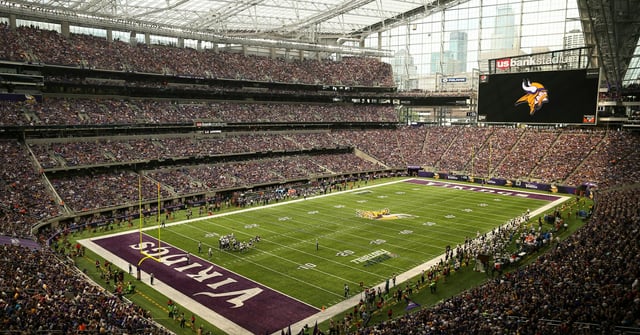
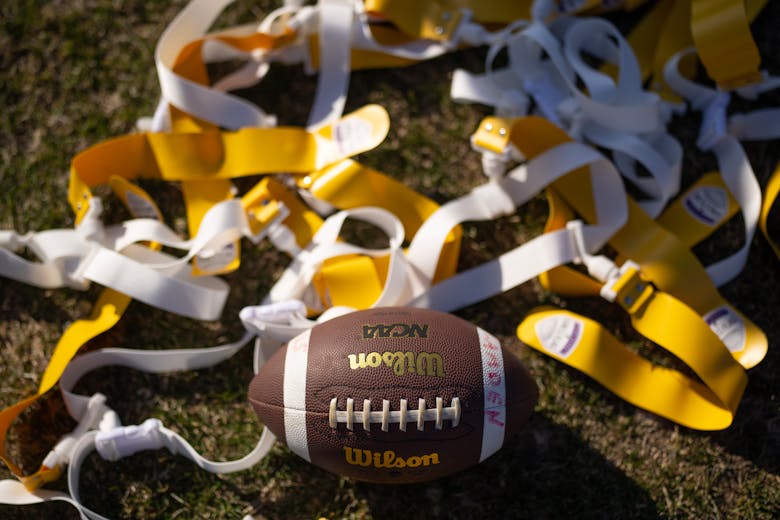
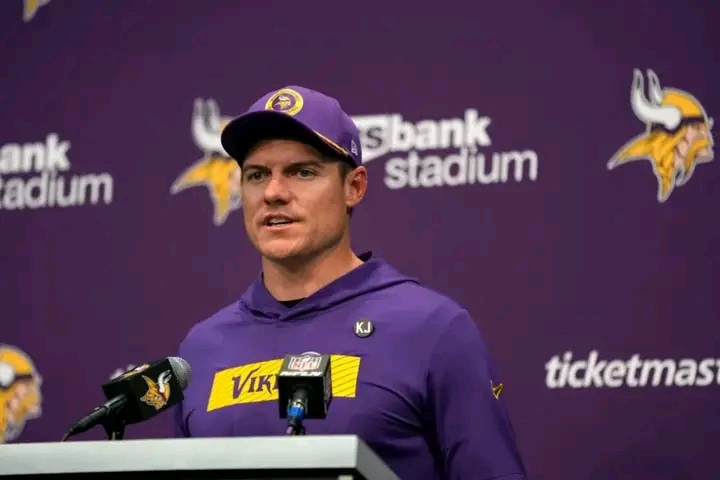
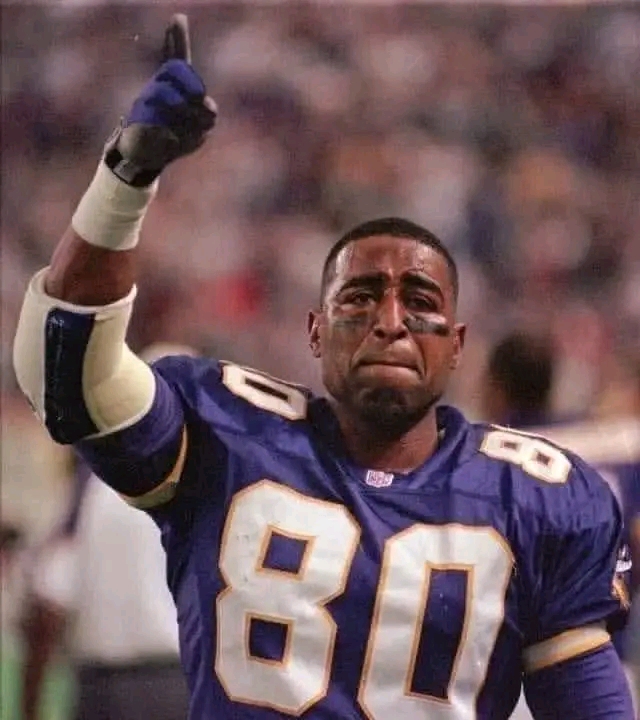
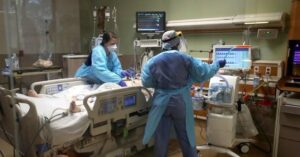





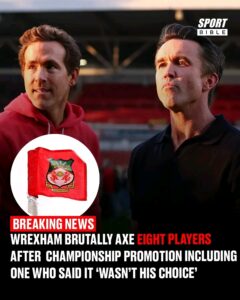



Post Comment